
How To Grow Plants In Containers
by freelance
Can`t have a garden? Here`s a 'how-to' on growing plants in containers.
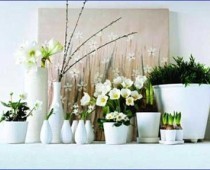 Indoor Gardening |
How
Winter is upon us and the growing season is over for many. Sadly, there are no more bountiful baskets filled with lettuces, fruit, and green vegees delivered by Mother Nature. While we cannot even come close to doing the awesome work that she does, we can achieve some success duplicating her work. With the proper lighting, water amounts, and containers, we can have some of what we hold dear to us in the summer months.
Maybe you live in a climate where you can grow year round but have limited space. You can produce much more than what you thought would be possible with container/patio gardening. Hopefully, this article will give you some ideas and possibly inspire you.
To make your containers green you can use old cans. Coffee cans, vegetable cans, whatever cans you may have available. Just wash them out and if you feel creative put some spraypaint on them. Make sure to let them dry before you decide to put soil or some baby plants or seeds in them. The fumes are extrememly toxic and will leach into the soil. The cans are moved easily from room to room to meet the needs of the seedlings, and hopefully later on, some plants. To prep, put holes in the bottom with a scissors or a nail and add your potting mix, stopping about two inches from the top. Most gardeners have found that a potting mix works better than soil when creating your indoor garden. You can find these in the garden center of any large store or at a nursery.
Stop looking at your windowsills as sils and envision them as potting beds. They`re perfect for the job. Your babies will need at least five hours of direct sunlight per day, sometimes more, depending on the plant`s requirements. More often than not, leafy greens can tolerate more shade than any other plant and root crops need more sun. Having your sill as your potting bed is also great for control. You can move and maneuver plants around to suit their specific needs, and if you want to squeeze something in between two plants, no uprooting is needed! It`s also great for keeping a lookout for any pests that may try and use your future food as their present cuisine. And to me the best part is it looks so pretty.
Organize your plants according to height and sun requirements. You`ll want the taller ones in the back. Think back to when your teacher was lining you up for pictures or concerts; the taller ones were always in the back so the little guys didn`t get drowned out. Multi task by setting a plant like Basil whose stems or leaves may be stretching out next to a little Lavendar plant that may need extra shade. The big protects the little. (insert smile here.)
Rotate your plants` position on the sill. If you do this once a week you can see what position or spot suits the plant best. Just move it over a few inches and see what happens. Believe it or not, some plants like each other better than others. Sometimes, putting a slow growing shy plant next to a robust guy will inspire the timid one and make it stronger. No, I`m not crazy! Try it!
Open your windows when the weather permits to let some fresh air in for your babies. Even though you`re growing them inside they still benefit from natural air. If it gets too cold, simply close the window.
Fertilizing is a must. The containers are relatively small so the watering you do will wash away the nutrients in the mix. Dilute your liquid fertilizer to every other watering since too much can kill the plant. Make sure the fertilizer you choose has a variety of nutrients in it to supply your growing plant with everything it needs to thrive.
Watering will depend on the container and the heat level. On hot days, they might need to be watered every day. I check by sticking my finger and inch or so beneath the soil; if it`s dry, then water. Monitor your plants to see how they`re "acting". Droopy leaves sometimes means it`s too hot or that it`s thirsty. A little experimentation will probably be needed.
What
Annual Flowers
- Alyssum
- Begonia
- Browallia
- Coleus
- Geranium
- Impatients
- Latana
- Lobelia
- Marigolds
- Periwinkle
- Pansies
- Petunias
- Snapdragons
There are many more, I kept it short. Do a Google search or pick up a gardening book for more ideas.
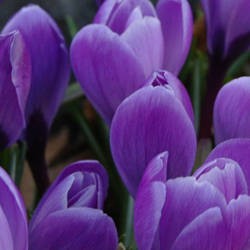 Pretty Things You Can Grow |
Vegees
- Lima beans
- Snap beans
- Beets
- Brocolli
- Brussel sprouts
- Cabbage
- Carots
- Cucumber
- Garlic
- Lettuce
- Onion
- Peppers
- Tomatoes
Just like with the flowers I listed, there are many more vegetable choices available.
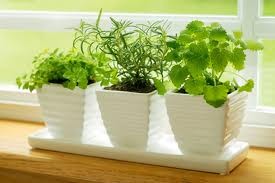 Vegees |
Places To Visit
The Next Generation
Alot of kids have become detached from their food supply. All alot of them see is what is in front of their eyes when they go with Mommy or Daddy to the grocery store. They have no idea that those yummy things they eat start out as babies. Having a garden helps to teach children how to nurture something, it boosts their self confidence as they take care of it and watch it grow, and they get really excited to finally be able to eat it. It`s a great all around lesson.
Things To Look At
 | Creativity For Kids Mini Windowsill Garden A Faber-Castell Creativity For Kids Kit. How does your garden grow? You can find out with your very own miniature windowsill garden. Paint a 4-piece ceramic planting set and ... Only $37.99 |
 | Toysmith Italian Herb Trio Green Ceramic Window Set of 3 Stoneware This beautiful trio of planters allows you to grow your own herbs right in the comfort of your own kitchen ! Just place the herb pellets into the 7" pots, fill with soil and ... |
 | 12 Culinary Herb Assortment (Sage, Rosemary, Spearmint, Basil, Oregano, Cilantro, & More!) ... Need to add a little more flavoring to your already delicious meals? This herb seed assortment was put together with the cook in mind, offering you a variety of 12 delicious ... Only $8.99 |
You might also like
How I Use Fabric Pots For GardeningFabric garden bags come in a variety of sizes from small to extra large. Onc...
The wildlife of an allotment siteWhile allotments are for cultivating plants, they are home to a variety of wi...
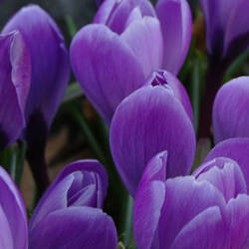


 My Review Of My Vibram 5 Finger Footwearon 02/02/2012
My Review Of My Vibram 5 Finger Footwearon 02/02/2012
 Anti-Inflammatory Foodson 01/26/2012
Anti-Inflammatory Foodson 01/26/2012
 How To Make Homemade Yellow Cake Batteron 01/22/2012
How To Make Homemade Yellow Cake Batteron 01/22/2012
 It Is What It Is-How To Let Goon 01/16/2012
It Is What It Is-How To Let Goon 01/16/2012

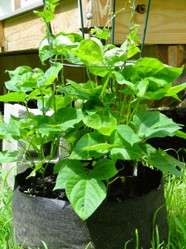
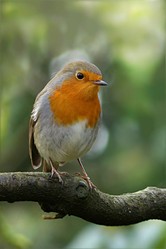
Comments